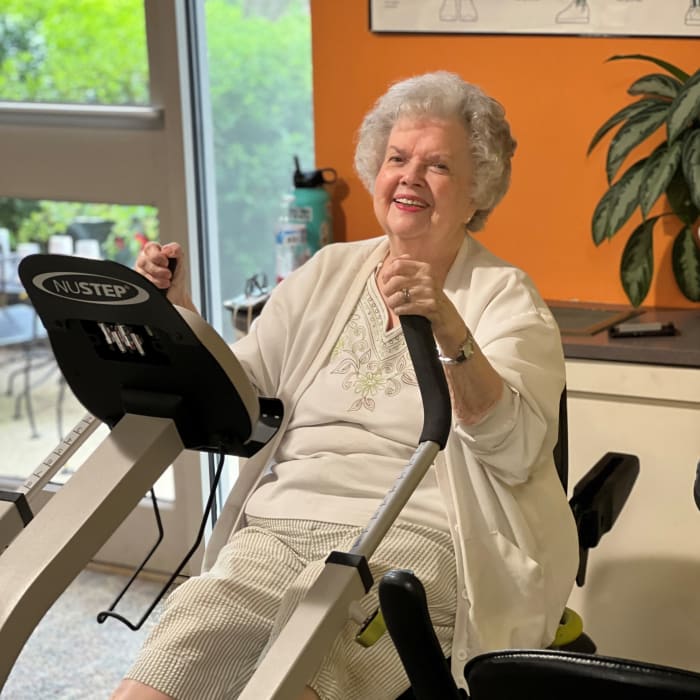Sunglasses: Not just for looks
Sunglasses are a classic way to look cool in the summer. But they aren’t just a fashion statement — they’re also an important part of eye safety. Here’s the lowdown on features you’ll want in your sunglasses and how they help keep you safe.
Features and benefits of sunglasses
• UV protection. The sun emits ultraviolet rays that can harm us if no precautions are taken. In the short term, these rays can actually sunburn your eyes. As a result, your eyes can become swollen, red and hypersensitive to light. You may also experience blurry vision and see halos around lights. In the long term, UV rays can raise your risk of premature cataract formation, macular degeneration and skin cancer. So, when choosing sunglasses, make sure they block both UVA and UVB light and aim for 100% protection.
• Large lenses. Sunglasses that leave gaps near your eyes fail to provide full protection. This means the ideal sunglasses are ones that wrap around the face and have oversized lenses.
• Polarization. Polarized lenses reduce glare from reflective surfaces. This feature won’t offer your eyes additional UV protection, but can be great for activities such as driving or boating. You may notice a reduction in eyestrain by opting for polarized sunglasses.
• Tint. Contrary to popular belief, sunglasses with a dark tint won’t offer your eyes any additional protection. In fact, sunglasses with a dark tint but without UV protection can actually cause your pupils to dilate and take in more UV radiation than usual. However, there is some evidence that lenses with a red, amber or orange tint may provide additional protection against light that contributes to macular degeneration.
Once you have the perfect pair of sunglasses, don’t forget to wear them — even on cloudy or cold days! UV light can still penetrate through clouds and hurt your eyes.
Are you due for an eye exam?
The American Academy of Ophthalmology recommends the following frequency for eye exams:
• If your eyes are healthy and vision is good, you should have an exam at least once in your 20s and twice in your 30s. Everyone should get an eye exam at age 40 to catch early signs of disease. From there, you’ll be told how often to come in.
• If you are age 65 or older, you should have your eyes checked every year or two.
• If you wear contact lenses or glasses, an eye exam is recommended once a year.
• If you have diabetes or a family history of eye disease, talk with your ophthalmologist about how often you need an exam.
• If you have an eye injury or eye pain, or you suddenly see flashes or patterns of light, you should see an ophthalmologist for an exam.






